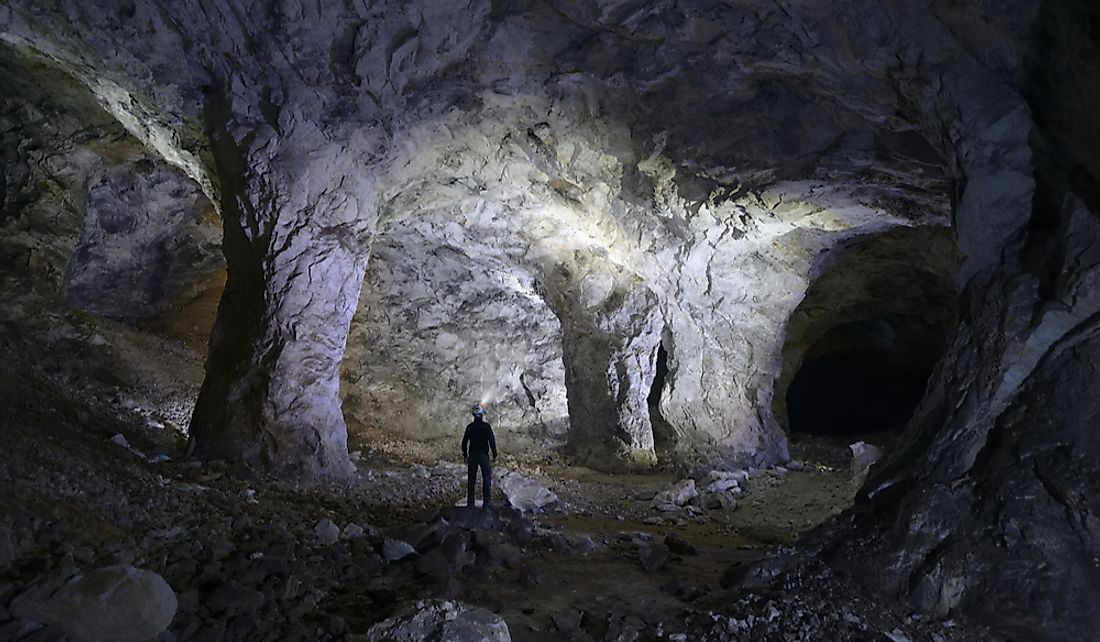What Is Caving Or Spelunking?

Caving refers to the recreational activity of exploring caves. In Ireland and the United Kingdom, this activity is also known as potholing while Canada and the United States also call it spelunking. However, caving is the most popular term for the adventure. This activity should not be mistaken for speleology, which is the study of caves using science. Most of the people who participate in this activity have similar skills to those who do canyoning as well as those who are involved in urban and mine exploration. In some cases, caving is considered an extreme sport that has little regard for safety. However, in reality, the activity’s level of extremity is dependent on the person and the cave they choose. In other words, there are caves that can be explored even by a family while there are others that require athleticism and other advanced skills.
Etymology
The root of the word “caving” comes from the words “cavea” or “caverna,” which is Latin for cave. Potholing, on the other hand, originates from the exploration of potholes in northern England. Specifically, potholing refers to the exploration of vertical or almost vertical caves. In the Americas, the term spelunking was first recorded in the 1940s after it was written by a caver named Clay Perry. Perry used the word after he came across a group of cave explorers who called themselves spelunkers. As stated earlier, the term spelunking is no longer that popular. The popularity of the word "caving" started in the 1960s among caving enthusiasts. After some time, the word “spelunker” was used as a term of someone who explores caves but lacks the necessary exploration techniques. The use of the word “spelunker” in a negative manner is common among enthusiasts although "caving" and "spelunking" are used in a neutral way by non-enthusiasts.
Equipment
One of the most common equipment is a helmet with an LED light attached in order to keep the hands free. Aside from that, it is common practice to carry a backup source of light. Normally, the backup light can also be attached in the same way the primary light is attached. Depending on the climate and the culture of a region, the clothes vary. Heavy materials such as fleece are common in colder areas while lighter apparel is suitable for hot and dry places. If a cave is wet, then a wetsuit is more suitable. Appropriate boots and pads for the elbows and the knees may also be needed. Some caves may require the explorer to wear a suitable pair of gloves. In case there is climbing needed, then the caver has to get climbing equipment such as ropes and be skilled in knot tying. Some cavers opt for foldable ladders. Aside from all these, other essentials such as food, water, and first aid kits are carried.
Reasons for Caving
Most of the cavers do it because they enjoy the activity the same way hikers, mountaineers, divers, and other outdoor activists enjoy their events. For some cavers, there is a scientific aspect involved and they will always try to survey and explore them in the name of science. Some places, like New Zealand, have caving as a tourist activity.











